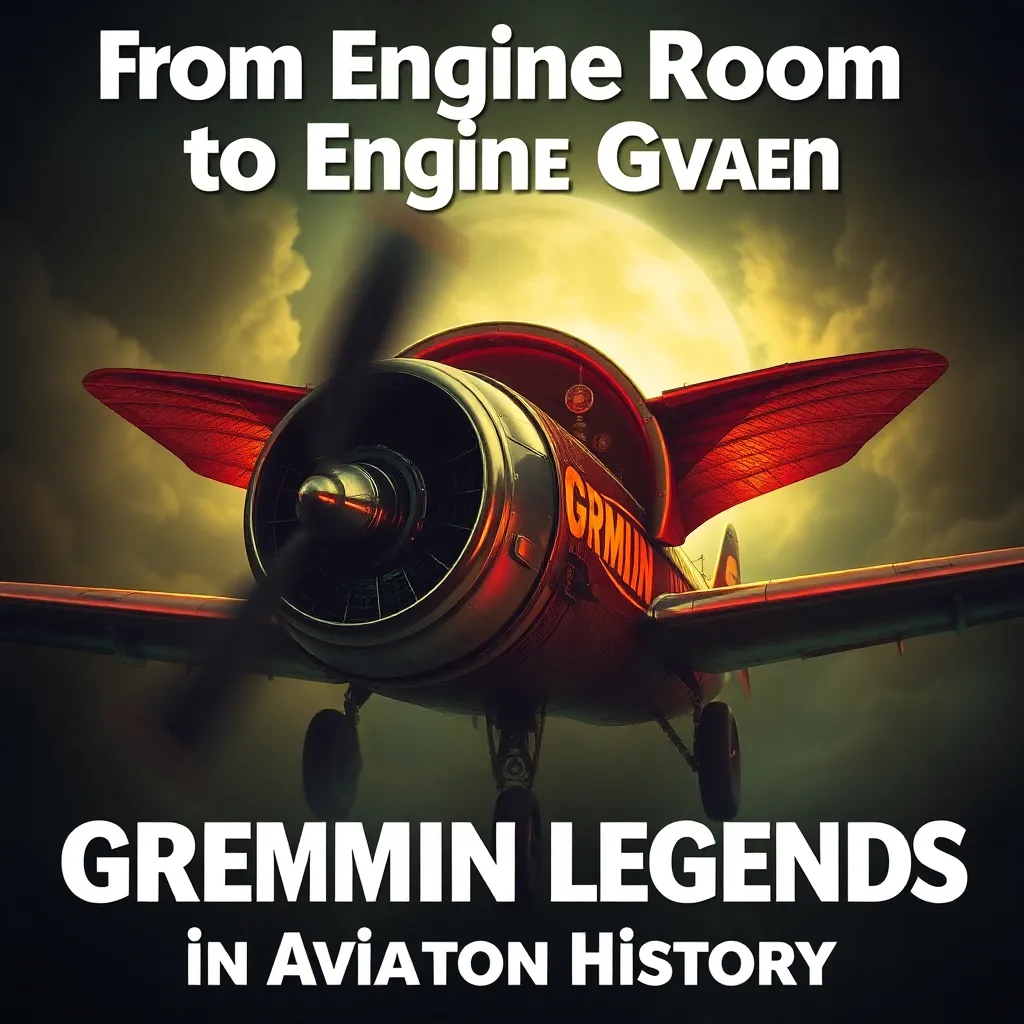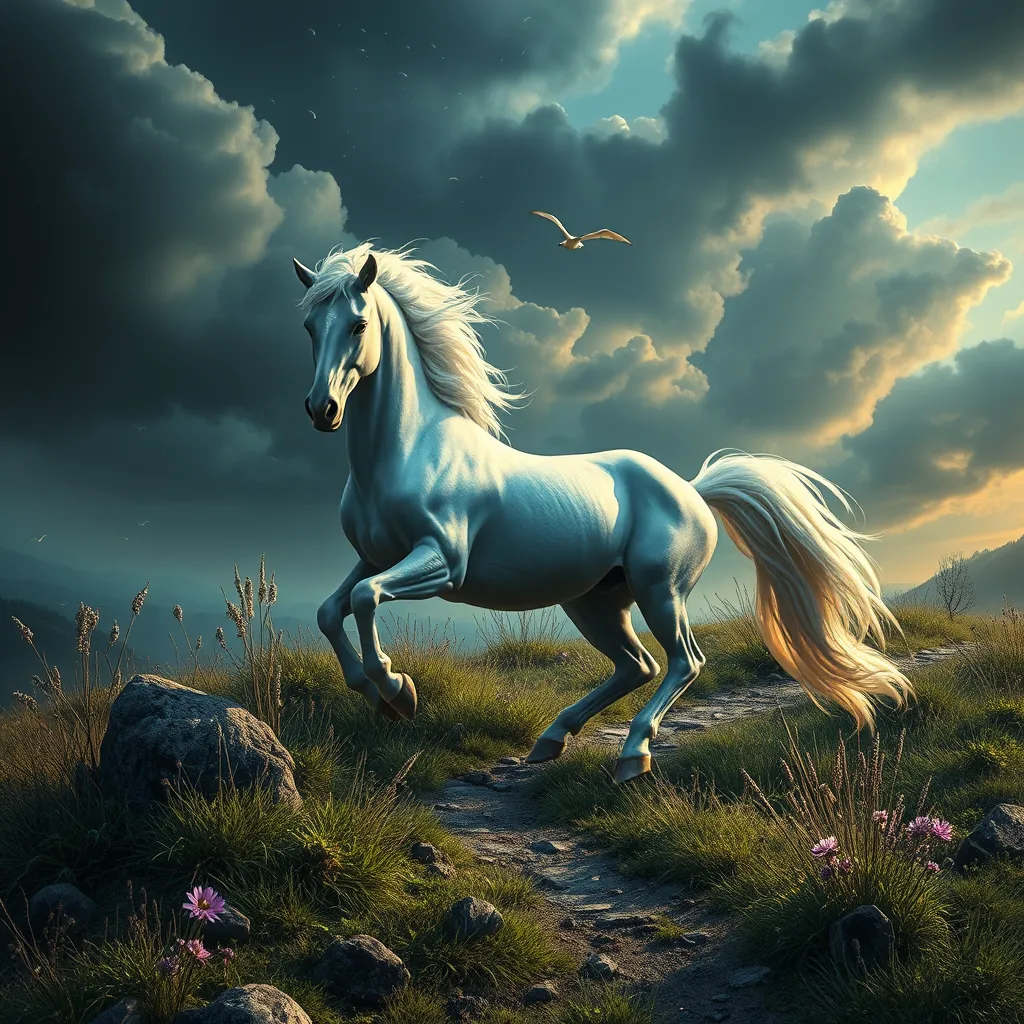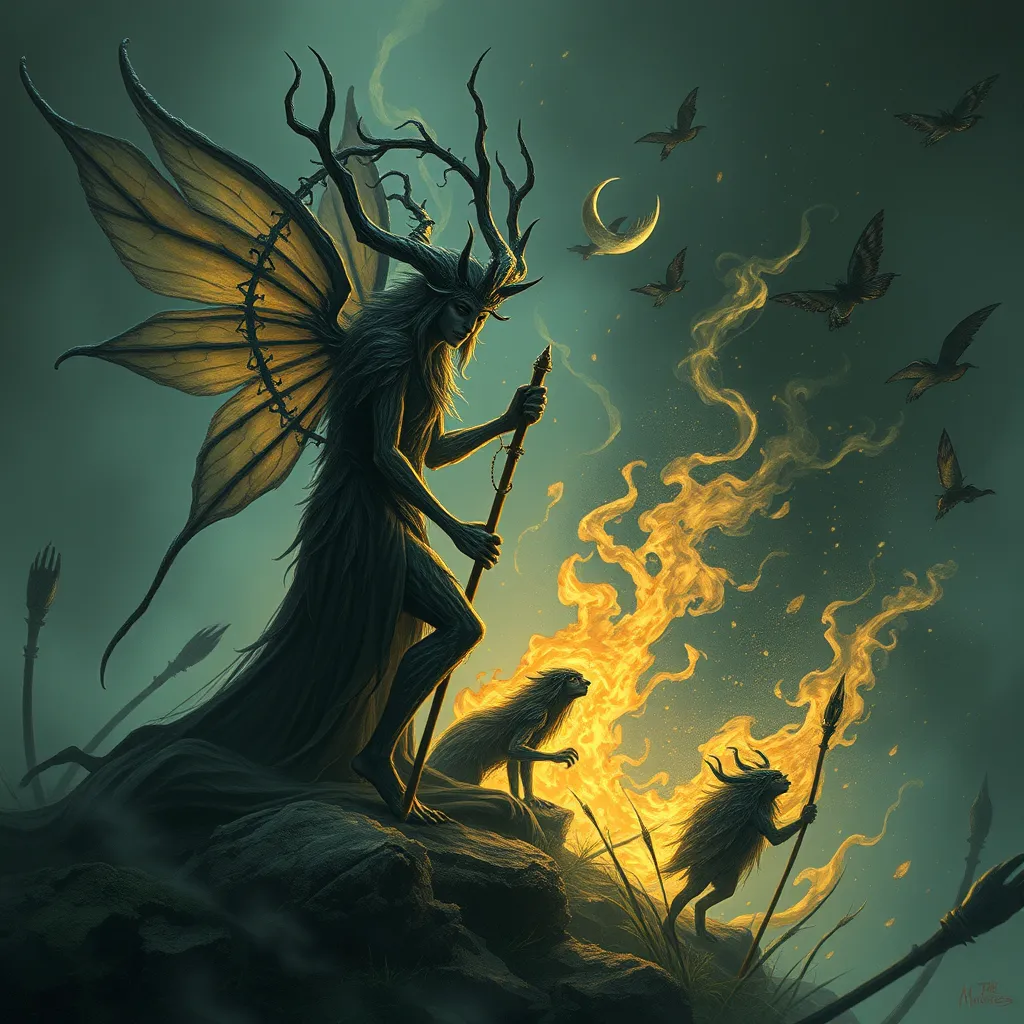From Engine Room to Engine Room: Gremlin Legends in Aviation History
I. Introduction
Gremlins, as defined in aviation folklore, are mischievous creatures believed to cause mechanical failures and malfunctions in aircraft. These whimsical beings have become a significant part of aviation culture, embodying the fears and superstitions that accompany the high-stakes world of flying. The legends surrounding gremlins not only reflect the challenges faced by early aviators but also highlight the human tendency to seek explanations for the unexplained. This article will explore the origins of gremlin myths, famous incidents, their representation in popular culture, and their psychological and sociological implications, ultimately examining their legacy in aviation history.
II. The Origins of Gremlin Myths
The concept of gremlins emerged during a tumultuous period in aviation history. As the aviation industry developed rapidly in the early 20th century, so too did the stories surrounding it. These tales often arose from the frustrations and challenges faced by pilots and engineers.
A. Historical context of aviation during the early 20th century
In the early days of flight, aviation was fraught with uncertainty. Aircraft were often rudimentary, and pilots were pioneers operating in uncharted territories. As they battled mechanical failures and unpredictable weather, the need to personify these challenges led to the creation of gremlin legends.
B. Emergence of gremlin stories during World War II
The gremlin myth found fertile ground during World War II, when pilots and crew members used humor and folklore to cope with the stress of combat flying. British Royal Air Force (RAF) pilots, in particular, popularized the idea of gremlins as scapegoats for any technical mishaps or strange occurrences in the air. Stories of these creatures spread rapidly, becoming a part of the wartime narrative.
C. Cultural influences and their impact on gremlin legends
Cultural factors played a significant role in shaping gremlin legends. The British humor and camaraderie among airmen allowed for the development of elaborate stories. Folklore from different cultures also contributed to the gremlin narrative, as similar creatures appeared in various mythologies around the world.
III. Famous Gremlin Incidents in Aviation
Throughout aviation history, numerous anecdotes and incidents have been attributed to gremlins. These stories not only serve as entertainment but also reflect the aviation culture of their time.
A. Notable stories of gremlin encounters by pilots and crew
- One famous incident involved a RAF pilot who reported seeing a small creature tampering with his aircraft’s controls before takeoff. He described the gremlin as a “little green man” who vanished as quickly as he appeared.
- Another account came from a U.S. Air Force pilot during the Vietnam War, who claimed that a gremlin had caused his plane to lose power, forcing him to make an emergency landing.
B. Analysis of the most famous gremlin sightings in aviation history
These sightings, while often dismissed as mere tales, reveal much about the psyche of aviators. The repeated patterns of such stories indicate a collective need to explain the inexplicable and to find humor in adversity.
C. Impact of these anecdotes on public perception of aviation
The gremlin legends had a dual effect on public perception. On one hand, they provided a light-hearted view of the dangers of flying, making aviation seem more approachable. On the other hand, they highlighted the inherent risks and uncertainties associated with flight, fostering a mixture of admiration and apprehension among the public.
IV. Gremlins in Popular Culture
Gremlins have not only thrived in aviation folklore but have also permeated popular culture, appearing in films, literature, and other media.
A. Representation of gremlins in films and literature
Gremlins have been depicted in various forms in literature and film, often as troublemakers. They symbolize chaos and disorder, reflecting the unpredictable nature of technology and human endeavors.
B. The role of cartoons and media in popularizing gremlin myths
Cartoons and media played a crucial role in disseminating gremlin stories. The classic cartoon character “Gremlin” became a staple in popular culture, often portrayed as a small creature causing mischief in aircraft.
C. Case study: The film “Gremlins” and its influence
The 1984 film “Gremlins” took the gremlin myth to new heights, showcasing these creatures as mischievous beings that can wreak havoc when not properly cared for. This film not only entertained but also solidified the gremlin as a cultural icon, influencing how society perceives these legendary creatures.
V. Psychological and Sociological Aspects of Gremlin Beliefs
The belief in gremlins is deeply rooted in psychological and sociological constructs that reflect the human experience in aviation.
A. The psychology behind the belief in gremlins among aviators
The high-stress environment of aviation can lead to the formation of myths as coping mechanisms. Aviators often encounter unexpected challenges, and attributing these to gremlins allows them to externalize their fears and frustrations.
B. Sociological implications of the gremlin phenomenon in aviation culture
Gremlin tales foster a sense of community among pilots and crew. Sharing these stories creates bonding experiences and helps alleviate the isolation that can accompany the profession.
C. How stress and fear contribute to the gremlin narrative
The pressures of flying, especially in combat or high-stress situations, can amplify the belief in gremlins. Stress-induced hallucinations or misinterpretations of mechanical sounds may lead to sightings of these mythical beings, further entrenching their place in aviation lore.
VI. The Role of Technology and Modern Aviation
As technology has advanced, the relevance of gremlins has evolved within the aviation industry.
A. How advancements in technology have influenced gremlin stories
Modern aircraft are equipped with sophisticated safety systems and diagnostics, making mechanical failures less common. This has led to a decline in gremlin sightings, as pilots have more reliable tools to address issues.
B. The declining relevance of gremlins with improved safety measures
As safety measures have improved, the belief in gremlins has diminished. The reliance on technology has shifted the focus from mythical explanations to real, tangible issues.
C. Current perceptions of gremlins among modern pilots and engineers
Today, many pilots and engineers view gremlin legends as a nostalgic part of aviation history rather than a genuine belief. However, some still appreciate the humor and camaraderie that these stories foster.
VII. The Legacy of Gremlin Legends
Despite the decline in their relevance, gremlin legends continue to hold a unique place in aviation culture.
A. Continued significance of gremlin tales in aviation lore
Gremlin tales remain a part of aviation lore, serving as a reminder of the challenges faced by early aviators and the creativity of human storytelling.
B. How gremlin stories are preserved in aviation history
These stories are often recounted in aviation museums, books, and documentaries, preserving their legacy for future generations.
C. The impact of gremlin legends on future generations of aviators
For new aviators, these legends offer a glimpse into the past and a reminder of the human element involved in flying. They embody the spirit of resilience and camaraderie that defines the aviation community.
VIII. Conclusion
In summary, the legends of gremlins in aviation history encapsulate a blend of myth and reality, reflecting the challenges and triumphs of those who take to the skies. From their origins during World War II to their representation in popular culture, gremlins serve as a fascinating study of human psychology, folklore, and the evolution of technology in aviation. As we look to the future, the enduring nature of these legends reminds us that even in the world of advanced aviation, the stories we tell can help us navigate the complexities of our experiences.



